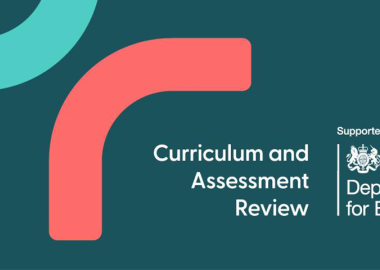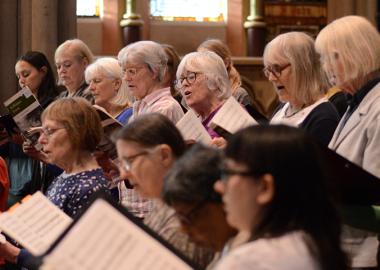The government’s Taking Part survey may have its flaws, but it does give us some significant – and useful – statistics on leisure-time music, writes Making Music Chief Executive, Barbara Eifler
Taking Part is a household survey in England and measures engagement with the cultural sectors. For Wales, check out the Arts Council Wales/Arts in Wales Survey, in Scotland the Culture in Scotland report and in Northern Ireland there is information collected as part of the Continuous Household Survey.
There are various bits to the annual Taking Part survey. The current one covers 2016/2017, and the latest supplement to it has just been published with information on participation in the leisure-time music sector. As the Wales and Scotland statistics seem fairly similar, below I boldly extrapolate to come to UK-wide conclusions.
So what can we learn?
The stats about participation show that nearly 12% of respondents, in the previous 12 months, played a musical instrument for their pleasure. For the UK population as a whole that would mean 6m or so adults (16+). Gasp.
5.9% (or 3m individuals) sang as part of a group or took singing lessons; and this may overlap with the 4.2% (or 2.2m individuals) who sang to an audience or rehearsed for a performance.
Playing a musical instrument to an audience or rehearsing for a performance is undertaken by nearly 2m adults; 1.5m have written music in the last year; and nearly half a million rehearsed or performed in opera/operetta or musical theatre.
These figures seem quite plausible, given that the 2017 Voices Now survey and the 2015 Europa Cantat report both estimated singers in the UK at over 2m – there’s a consistency here that points to reasonable accuracy.
I’m also struck by the frequency of such music participation, which rings entirely true with what we know about how our members and the wider leisure-time music sector operate. Playing an instrument, singing, singing/playing/rehearsing for a performance, writing music and musical theatre activity were all undertaken at least once a week by 40-50% of respondents. In other words, this is the regular weekly or so activity in community-based and volunteer-led music groups.
There are probably some statistical kinks in the data; I was struck by the data on age-related participation – is it really true that the highest percentage of those playing an instrument or who sang/played a musical instrument to an audience/rehearsed for a performance are in the 16-24 age group?
If so, there is hope for the future of music, and for the future well-being of all those young people and the communities they (will) live and work in. Good news among the statistical gloom on music education we are normally exposed to.
And there’s another positive figure: if all those who sing or play an instrument to an audience or rehearse for a performance are translated into groups by using Making Music group member average statistics (55 per group), that would give approximately 40,000 choirs in the UK (consistent, again, with both Voices Now and Europa Cantat) and 35,000 instrumental groups.
We’re obviously all good at making a noise with our voices and our instruments, and in our groups, but now we need to make a noise about those figures and parade them under the eyes of policymakers in all corners of the UK to ensure they support activity that regularly affects millions of individuals.










